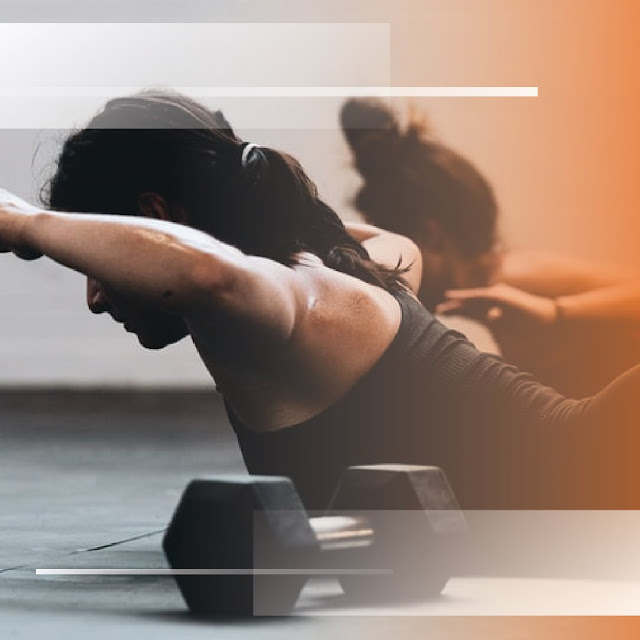Balancing the 3 Aspects of Fitness in Your Personal Routine
If you’re new to ‘doing’ fitness, it can be hard to know where to start. Showing up at the fitness gym is the first step, but then what? Without hiring a personal trainer to accompany your workout sessions at the health club, how else can you know where to start? Here are some basics to planning and implementing your own fitness routine.
The ultimate goal of a personal fitness routine is a balance that includes the three basic aspects of physical fitness: cardiorespiratory endurance, muscular strength and endurance, and flexibility. Doing all cardio and no strength training may lead to muscle imbalances, injuries, and lack of muscle tone. On the other hand, strength training all the time might leave you buff, but panting after going up a flight of stairs. Neither of these are useful if you are unable to flex and move your body through its full range of motion.
Cardio-respiratory Endurance
The ACSM recommends the following minimum level of cardio-respiratory exercise:
- At least 150 minutes of moderate-intensity activity or 75 minutes of high intensity activity a week, lasting 20-60 minutes each day (less intensity=longer duration), spread across 3-5 days.
Muscular Strength and Endurance
Many gym newbies are uncomfortable using resistance machines or getting anywhere near the weight rack, but there’s nothing to be afraid of. Building muscle has many health benefits such as improving functional strength for everyday tasks, preserving bone density, and raising your metabolism — not to mention it will make you look great in (and out of) your clothes. If you’re new to weight training, don’t sweat it. Experts recommend getting in at least 2 non-consecutive strength training sessions a week at the fitness center. You might want to start simple, or dive right in. Here are some suggestions:
- Start out with body-weight moves like push-ups, pull-ups, planks, squats, lunges, and crunches, and gradually add weights to some moves.
- Ask someone to show you around the resistance machine circuit. These machines are designed to isolate specific muscles, and allow you to increase the resistance level as you gain strength.
- Use available tools like free weights, barbells, kettlebells, resistance bands, or a balance ball.
Whatever your mode of strength training, choose 8-10 exercises to start out, and try to complete 1-2 full circuits of 8-12 reps each. As you improve, add more sets, choose heavier weights and complete fewer reps, or stick with lighter weights and do more reps.
Flexibility Fitness
The final aspect of fitness is the one even very athletic people tend to neglect: flexibility. Stretching keeps your muscles healthy and functional while protecting your joints, so try to incorporate it into your fitness routine at least 2-3 days a week, and more if possible. Rather than risk injuring cold muscles, stretch after your usual cardio or strength training workout, when your muscles are warmed up. If you’re new to flexibility work, start with static stretches, holding each positions for 30 seconds, and repeat 2-4 sets.
Start with these three building blocks of fitness, and you’ll be well on your way to designing a personal fitness program that gets results for you.




Comments
Post a Comment